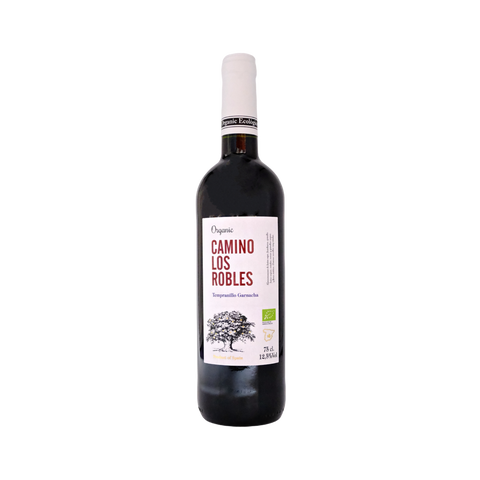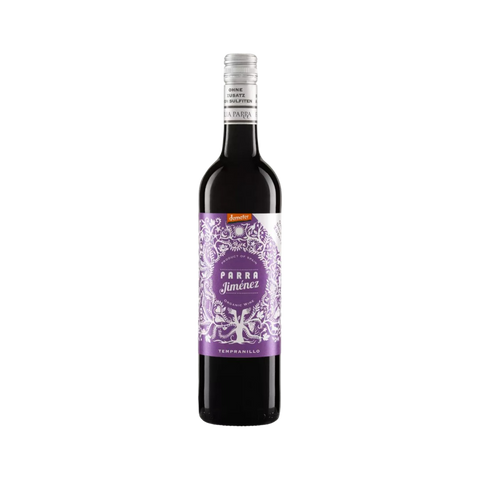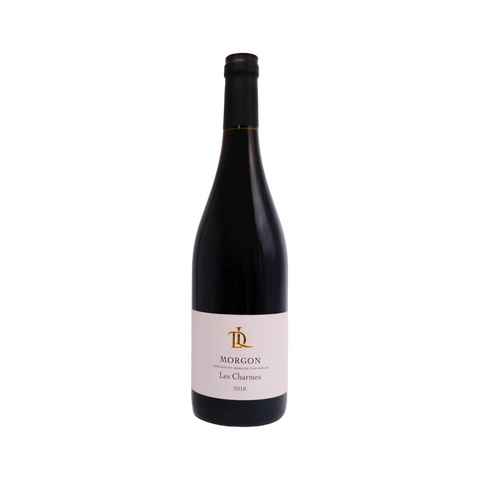There are several different types of wine, each with its own characteristics, flavours and production methods. Here's an overview of the main types of wine:
Red Wine:
Grapes: Made from dark-coloured grape varieties such as Cabernet Sauvignon, Merlot, Pinot Noir, Syrah (Shiraz), Malbec and Zinfandel.
Colour and Flavour: Red wines range in colour from deep purple to ruby to light garnet. They often have aromas of dark fruits (such as blackberry, plum and cherry), spices and earthy notes. Tannins, derived from grape skins and seeds, give red wines structure and texture.
Styles: Red wines can vary from light and fruity (e.g. Beaujolais Nouveau) to full-bodied and robust (e.g. Cabernet Sauvignon).
White Wine:
Grapes: Made from green or yellowish grape varieties such as Chardonnay, Sauvignon Blanc, Riesling, Pinot Grigio (Pinot Gris) and Chenin Blanc.
Colour and Flavour: White wines range from pale straw to golden yellow. They often have aromas of citrus (lemon, lime), stone fruit (peach, apricot), tropical fruit (pineapple, mango), floral notes and sometimes minerality. White wines can be dry, off-dry or sweet, depending on the winemaking style and residual sugar content.
Styles: White wines can be light and crisp (e.g. Sauvignon Blanc), medium-bodied and aromatic (e.g. Gewürztraminer) or rich and creamy (e.g. oaked Chardonnay).
Rosé Wine:
Grapes: Made from red grape varieties, but with limited skin contact during fermentation to achieve a pink or light red colour. Common grapes used for rosé include Grenache, Sangiovese, Syrah and Pinot Noir.
Colour and Flavour: Rosé wines range from pale salmon to bright pink. They often have refreshing acidity, flavours of red berries (strawberry, raspberry), watermelon, citrus zest and floral aromas. Rosé wines can be dry or slightly sweet, with a wide range of styles from light and delicate to full-bodied.
Styles: Rosé wines are versatile and can be still or sparkling (e.g. rosé champagne, prosecco rosé).
Sparkling Wine:
Production: Sparkling wines are made using methods that produce carbonation, such as the traditional method (used for Champagne), the Charmat method (tank method) and carbonation injection.
Styles: Sparkling wines can be white (e.g. Champagne, Cava), rosé (e.g. Sparkling Rosé) or even red (e.g. Lambrusco). They are known for their effervescence, lively bubbles and range of flavours from crisp and dry to fruity and sweet.
Examples: Champagne from France, Prosecco from Italy, Cava from Spain and sparkling wines from regions around the world.
Dessert Wine:
Production: Dessert wines are often sweeter and have a higher alcohol content than table wines.This is achieved by various methods, such as late harvesting, drying the grapes (as in Amarone) or fortification (addition of spirits such as brandy).
Styles: Dessert wines include fortified wines such as Port (from Portugal), Sherry (from Spain), Madeira (from Portugal), sweet late-harvest wines such as Sauternes (from Bordeaux), ice wine (made from frozen grapes), and botrytized wines affected by noble rot (such as Tokaji Aszú).
Flavours: Dessert wines can have intense sweetness, richness and flavours of dried fruit, honey, caramel, nuts and spices.
Low Intervention Wines:
Production: Low intervention wines, also known as natural wines or minimal intervention wines, are produced with minimal intervention in the winemaking process. The emphasis is on allowing the grapes and the fermentation process to express themselves without extensive manipulation or additives.
Styles: Low intervention wines come in a variety of styles, from still to sparkling, and can include red, white, rosé and orange wines.
Flavours: The flavours of low intervention wines can vary widely depending on the grape variety, terroir and winemaking practices, but they often have unique characteristics.
Organic Wines:
Production: Organic wines are made from grapes grown without the use of synthetic pesticides, herbicides, fungicides or fertilisers. Production methods focus on sustainability, biodiversity and minimising environmental impact.
Styles: Organic wines can be found in a variety of styles, including red, white, rosé and sparkling, showcasing the diversity of grape varieties and terroirs under organic cultivation.
Flavours: The flavours of organic wines reflect the grape varieties, terroir and sustainable farming practices, offering a range of aromas and flavours characteristic of natural and healthy vineyards.
These are the main categories of wine, but within each type there is a huge variety of grape varieties, winemaking techniques, regional influences and flavour profiles, making wine exploration a delightful journey for enthusiasts and connoisseurs alike.

























